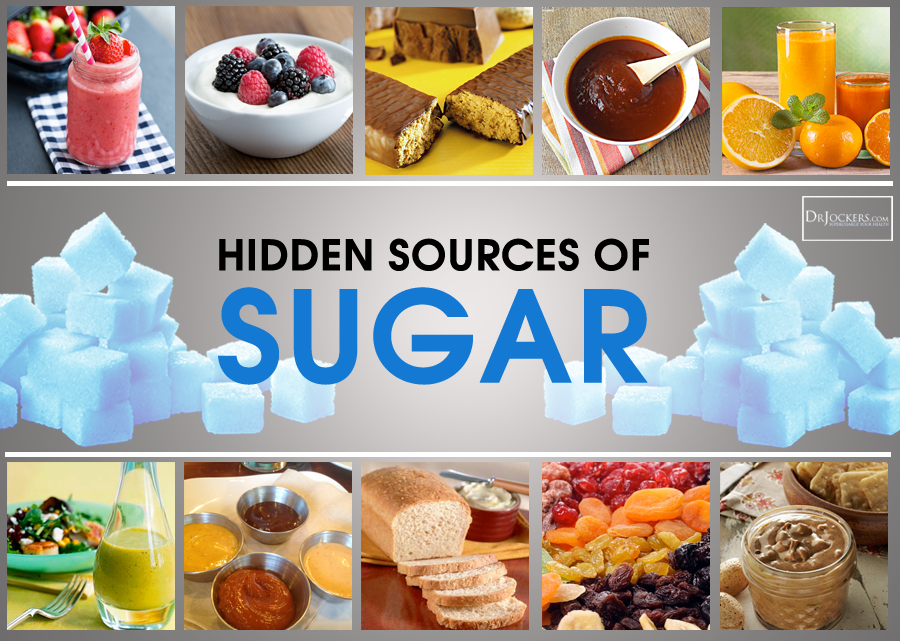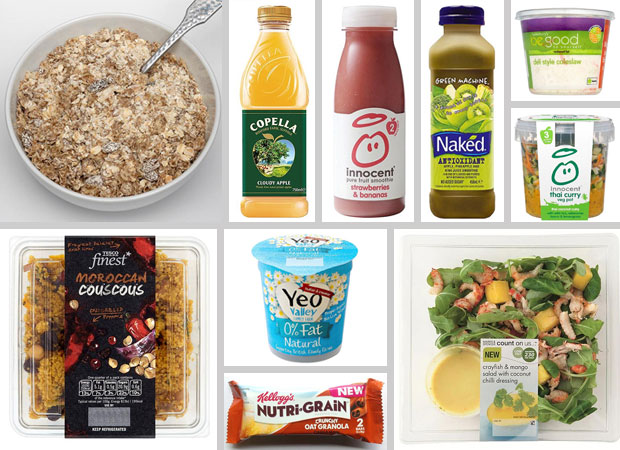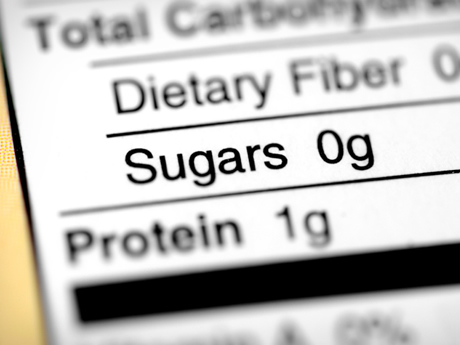Scaling back on our sugar intake is one of the most important steps in achieving a healthy lifestyle, but with so many sugars hiding in our every day foods, it’s becoming harder than ever to do.
Did you know that Greek yogurt can contain up to 20 grams of sugar? Or that some salad dressings have up to 10 grams of sugar per serving?
There are a number of foods we eat on a routine basis that are surprisingly high in sugar. And this is causing some of us to consume too much sugar without even knowing it. The average American eats 22 teaspoons of sugar a day — that’s nearly half a cup!
To help you become more aware of hidden sugars and the risks they pose, we break down what you need to know:
RECOMMENDED SUGAR INTAKE
The World Health Organization (WHO) recommends adults and children reduce their daily consumption of added sugars, or “free sugars,” to less than 10% of total energy intake. For women, this is the equivalent of around 25 grams of sugar a day, and for me, about 37 grams.
“We have solid evidence that keeping intake of free sugars to less than 10% of total energy intake reduces the risk of overweight, obesity and tooth decay,” says Dr. Francesco Branca, Director of WHO’s Department of Nutrition for Health and Development. “Making policy changes to support this will be key if countries are to live up to their commitments to reduce the burden of noncommunicable diseases.”
THE DIFFERENT TYPES OF SUGAR
Fruits, vegetables and whole grains contain naturally occurring sugar. And this type of sugar is okay to consume. The real culprit in the dietary world is added sugar. Added sugar includes cane sugar as well as the concentrated sugars found in products such as fruit juice. It contains no essential nutrients — there are no proteins, essential fats, vitamins or minerals — just calories, which is why they are often referred to as “empty” calories.
These added sugars are also a health trap, and have been linked to obesity, diabetes, heart disease, hypertension and even cancer. It has also been shown to have a negative impact on our cholesterol and triglyceride levels in our blood.
SUGAR HAS MANY NAMES
Determining how much added sugar is in a food item is not as straightforward as it would seem. Manufacturers have a clever way of disguising the word “sugar” on their packaging. So we must learn to read labels with new lenses.
Sugar can be listed as sucrose, dextrose, fructose, maltose, lactose, glucose or levulose. In fact, a general rule of thumb is that anything that ends in -ose is simply another way of saying sugar. And anything that ends in -itol, such as xylitol, mannitol and sorbitol are sugar alcohols. Sugar alcohols are often used in foods that are marked “low-carb” or “sugar-free.”
We must also beware of sugar-laden ingredients such as barley malt, honey, agave, honey, raw sugar, date sugar, coconut sugar, maple syrup, cane juice, high fructose corn syrup, rice syrup and sorghum.
CONDIMENTS
Besides the obvious foods like soda and sweetened beverages, cookies, ice cream and baked goods, you’ll find sugar hiding in condiments like ketchup, barbecue sauce, jams, jellies and salad dressings.
PRE-PACKAGED BREADS, SOUPS, PASTA SAUCE
Pre-packaged foods are often filled with added sugar to make the sauce taste less acidic. And, unfortunately, many of these items are staples of our daily diet.
“HEALTHY” FOODS
What could be healthier than a smoothie, yogurt, or a granola bar? Made the right way, these foods can be terrific choices. But all too often, they are made with added sugars to improve taste.
AGAVE AND HONEY
We know the dangers of consuming artificial sweeteners and sugar substitutes like Aspartame, Saccharin, Sucralose, Acesulfame K and Neotame. But what about natural sweeteners like agave, honey and raw sugar?
ENERGY DRINKS
The sugar content in energy drinks ranges from 20 grams to 34 grams per 8 ounces, and can come in the form of sucrose, glucose, or high fructose corn syrup. This is particularly concerning for adolescents who are more likely to consume energy drinks, as they will become more at risk for obesity and dental problems.




